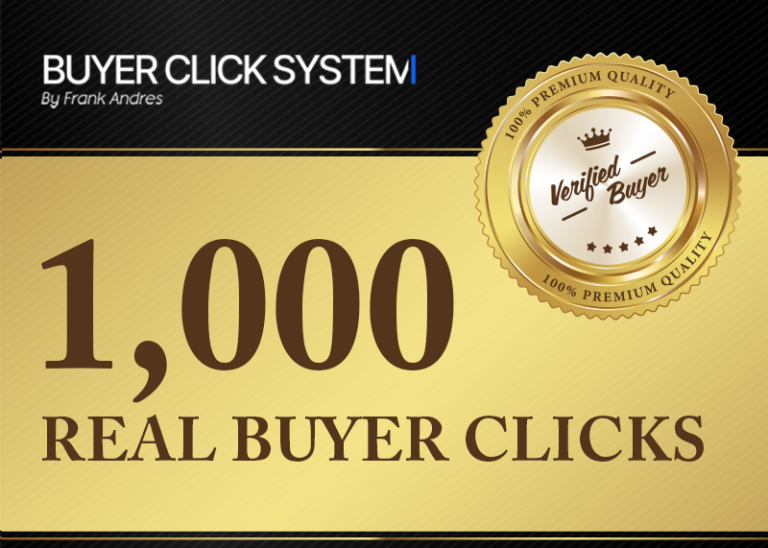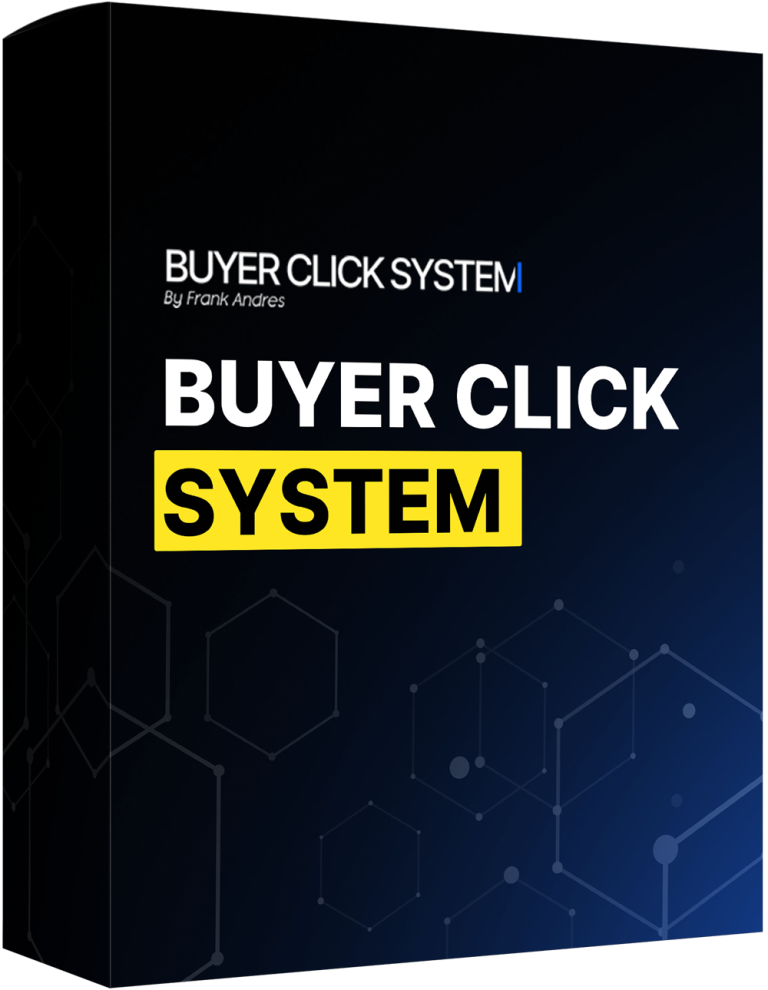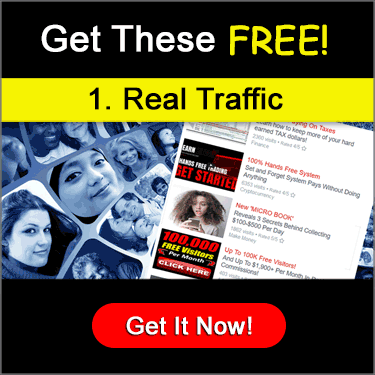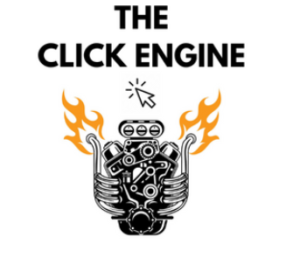
How To Get Traffic with the Buyer Click System
Now you can get actual buyers coming to your business daily with this new traffic system. So how to get traffic with the buyer click system is explained below. Read on to find out how.
How to Get Targeted Website Traffic with the Buyer Click System
Tired of website traffic that doesn’t turn into sales? Does it feel like you’re shouting into a void, hoping someone, anyone, will buy what you’re selling? The Buyer Click System offers a way to attract visitors already looking to make a purchase. It’s a plan to get the right eyeballs on your offers. This system focuses on finding and interesting people, making your marketing work better. With it, you’ll see better sales, higher returns on your investments, and leads that are actually worth your time.
Understanding the Buyer Click System
The Buyer Click System is more than just a trick. It’s a way of thinking about getting people to your site.
What is the Buyer Click System?
The Buyer Click System helps you bring in web users ready to buy. Think of it as a magnet. This magnet pulls in people actively searching for what you offer. They aren’t just browsing. They have a problem, and your product is the solution. It’s about getting found when it matters most: when they are ready to spend.
Key Components of the Buyer Click System
Several things come together to form the Buyer Click System:
- Keyword Research: Find the exact words buyers use.
- Content Optimization: Make your website content speak directly to buyers’ needs.
- Landing Page Design: Craft pages that turn visitors into customers.
- Call-to-Action Placement: Guide people toward a purchase with clear prompts.
Each element must work together to be effective. Don’t skip any of them!
Benefits of Using the Buyer Click System
Why should you use the Buyer Click System? Because it delivers results. For example, businesses using targeted content have seen conversion rates improve up to six times. This shows focusing on the right audience pays off big. A more qualified lead will turn into a paying customer more often than not.
Identifying Your Ideal Customer
Before diving in, know who you’re talking to. Understanding your customer is critical.
Creating Detailed Buyer Personas
Think of a buyer persona as a fictional version of your ideal buyer. You must consider things such as:
- Demographic data (age, location, income)
- Psychographic traits (values, interests, lifestyle)
- Pain points (challenges, frustrations)
- Goals (aspirations, desires)
For example, if you sell project management software, a persona might be “Sarah, a marketing manager struggling to keep projects on track.” Knowing Sarah helps you target your efforts.
Understanding Your Customer’s Buying Journey
Buyers go through phases before purchasing. These include:
- Awareness: Realizing they have a problem.
- Consideration: Researching possible solutions.
- Decision: Choosing the best option.
Tailor content to each phase. Someone in the “awareness” stage needs educational content. Someone in the “decision” stage needs a compelling offer.
Keyword Research for Buyer Intent
Not all keywords are created equal. Focus on keywords that show buyer intent:
- “best project management software”
- “review project management software”
- “purchase project management software”
- “where to buy project management software”
These phrases suggest the user is ready to buy.

Optimizing Your Content for Buyer Clicks
Great content will draw in buyers.
Keyword Optimization for Search Engines
Use keywords naturally in your content. Don’t stuff them in. Focus on these tips:
- Place keywords in titles and headings.
- Use long-tail keywords (longer, more specific phrases).
- Maintain a natural keyword density (avoid overuse).
For example, instead of just “software”, use “best project management software for small businesses”.
Creating Compelling Headlines and Meta Descriptions
Headlines and meta descriptions are your first impression. They must grab attention. A good headline is clear, benefit-driven, and includes a keyword. A strong meta description summarizes the content. It also encourages clicks. Use action words like “discover,” “learn,” and “get.”
Designing High-Converting Landing Pages
A landing page must convince visitors to take action. Here are some keys:
- A clear, concise headline that matches the ad or search result.
- Visually appealing design that highlights key benefits.
- Compelling copy that speaks to the visitor’s needs.
- A prominent call to action (e.g., “Buy Now,” “Get a Free Trial”).
Keep it simple. The less clutter, the better.
Driving Targeted Traffic to Your Website
Now, it’s time to get people to your site.
Search Engine Optimization (SEO) Strategies
SEO helps you rank higher in search results. Think about:
- On-page SEO: Optimizing content, titles, and meta descriptions.
- Off-page SEO: Building backlinks from other sites.
A blog and guest posts on other sites are effective.
Paid Advertising Campaigns
Paid ads can quickly drive traffic. Platforms such as:
- Google Ads: Target users based on keywords and demographics.
- Social Media Ads: Reach specific audiences on platforms like Facebook, Instagram, and LinkedIn.
Make sure your ads send users to relevant landing pages.
Social Media Marketing
Use social media to share your content. You can also engage with potential buyers. Share valuable content. Respond to comments and questions, and participate in relevant groups.
Measuring and Analyzing Your Results
Track your progress to see what works.
Setting Up Conversion Tracking
Conversion tracking shows you what actions people take on your site. Set up goals in Google Analytics. This tracks things such as form submissions and purchases.
Analyzing Key Metrics
Keep an eye on:
- Website traffic: How many people are visiting?
- Bounce rate: Are people leaving quickly?
- Conversion rate: What percentage of visitors are buying?
- ROI: Are you making money from your marketing efforts?
Use this data to improve your campaigns.
A/B Testing and Optimization
A/B testing means testing two versions of something to see which performs better. Test different headlines, images, and calls to action. Small changes can make a big difference.
Conclusion
The Buyer Click System helps you get website traffic. But it’s not just any traffic. It brings you people who are ready to buy. By understanding the system, creating buyer personas, and optimizing your content, you will attract people who matter. Track your results and keep improving. This will help you grow your business. Now, go implement these strategies. See how the Buyer Click System can transform your business.











